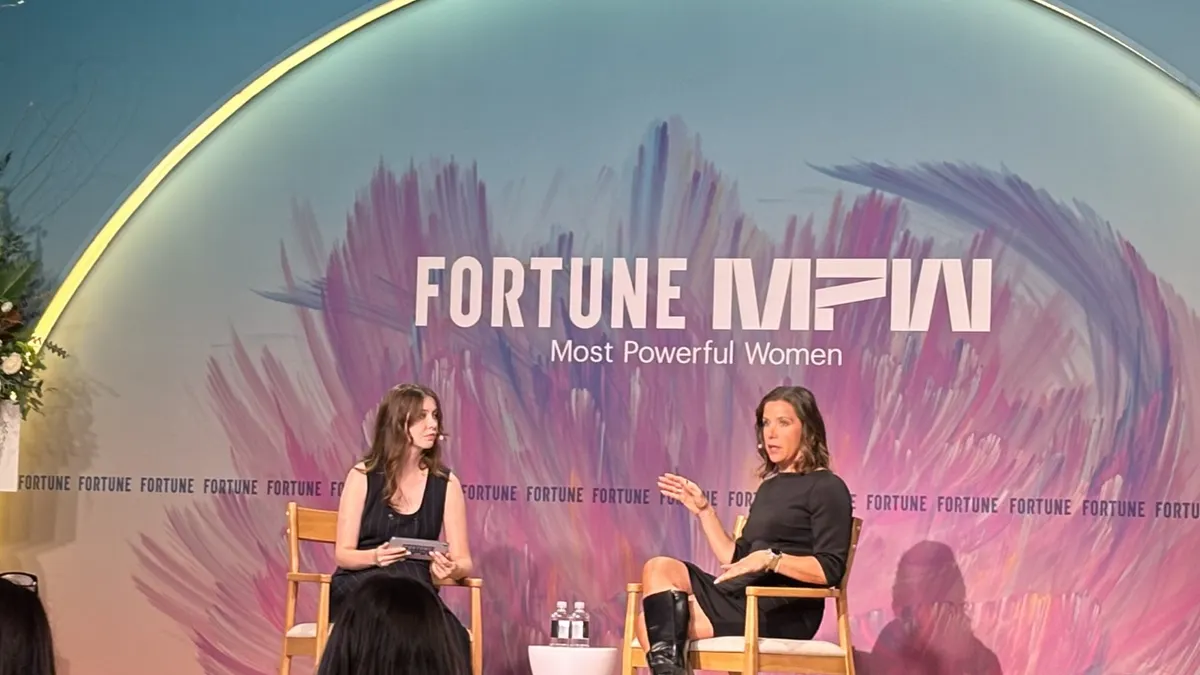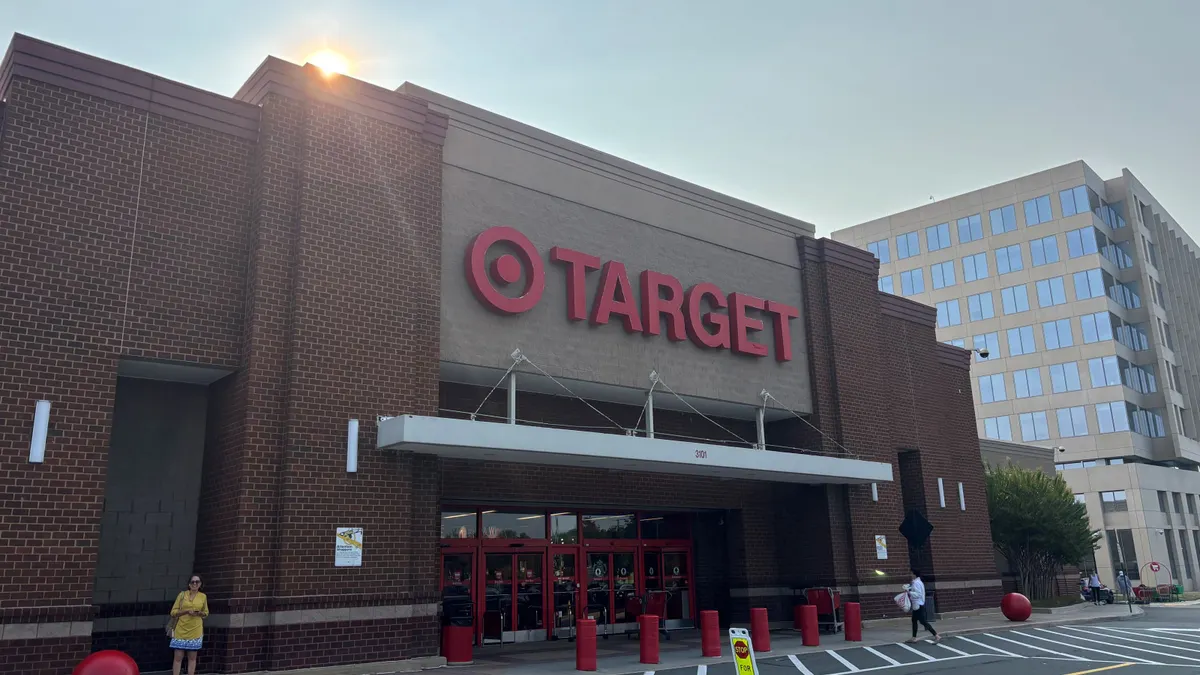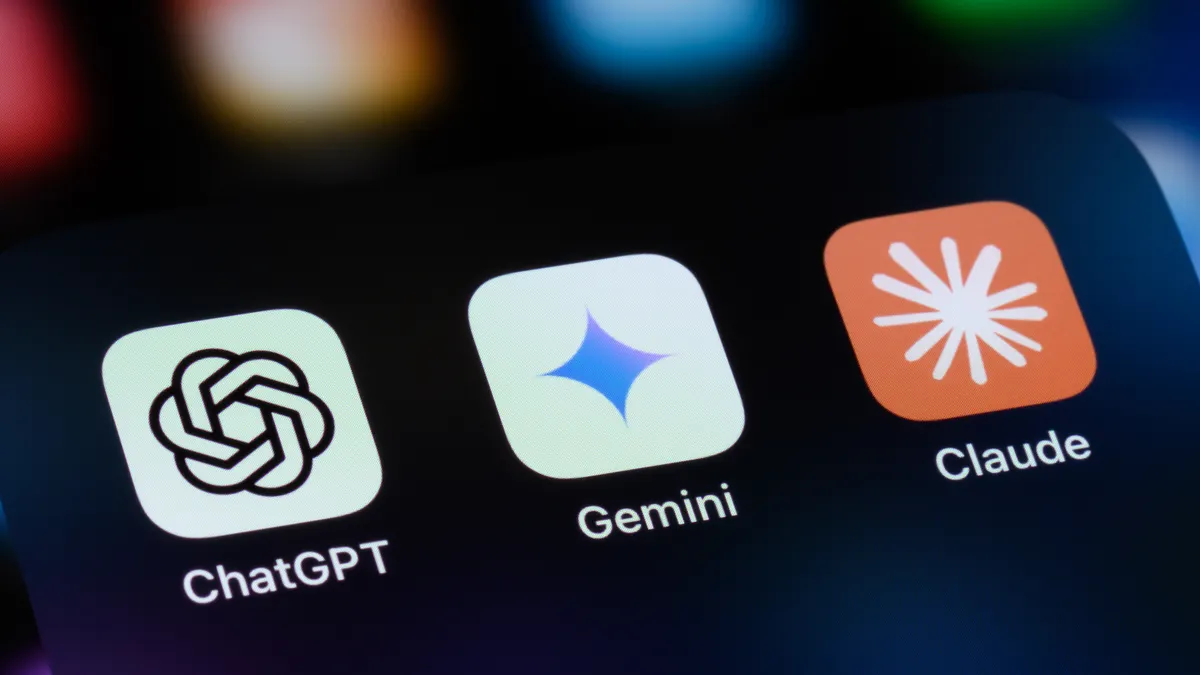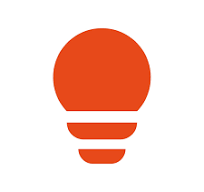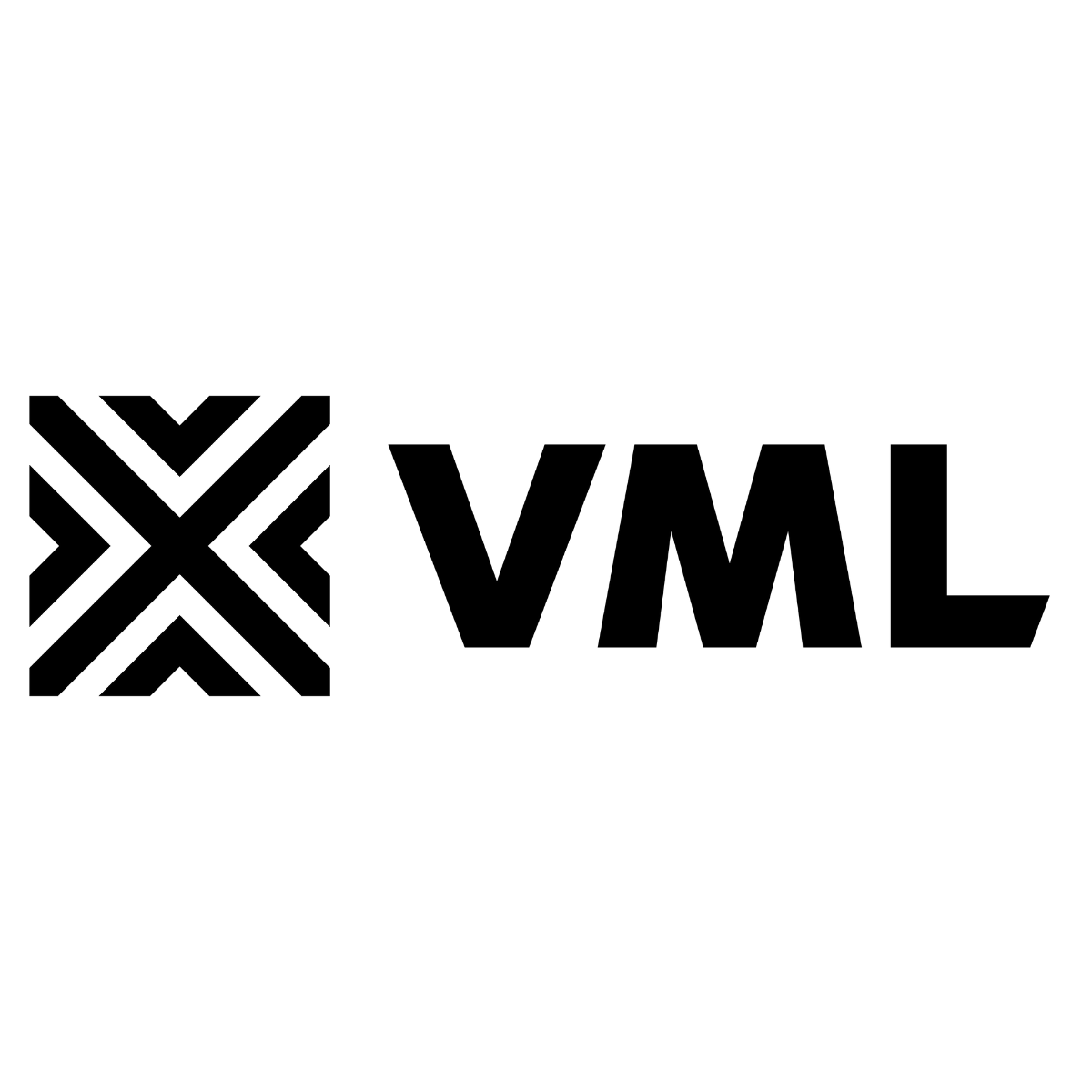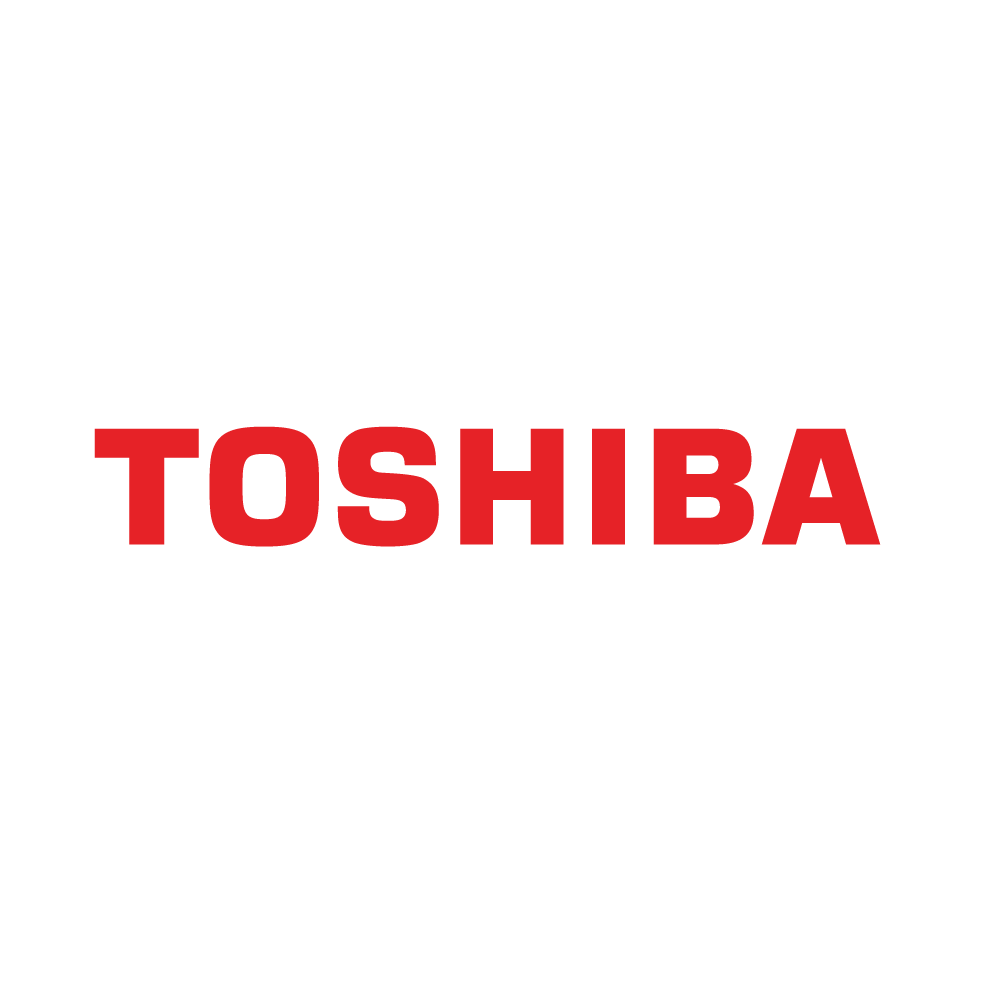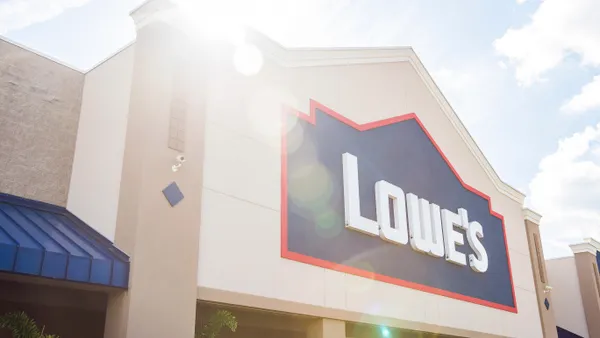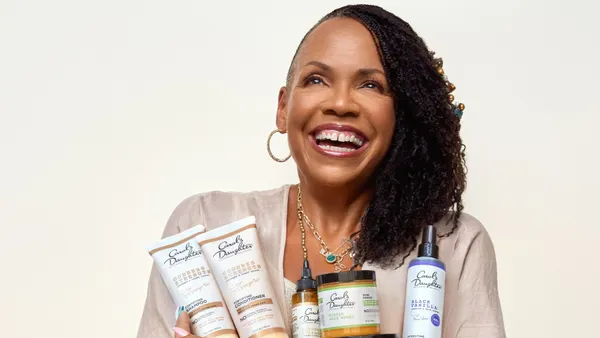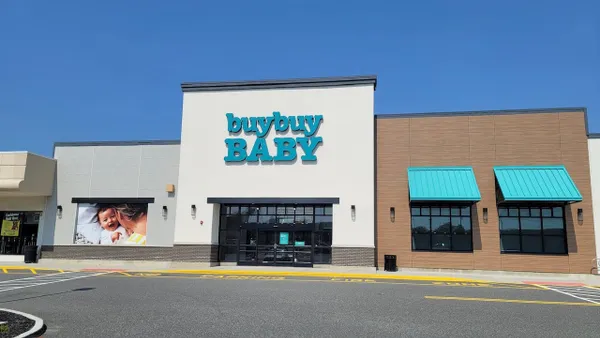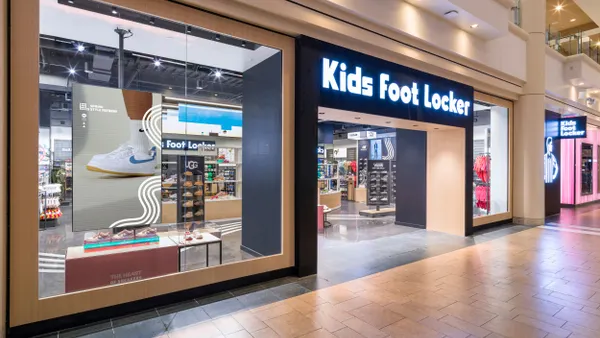There's a dispersion between higher and lower income shoppers in the U.S., one that Best Buy CEO Corie Barry called out during a Tuesday panel at the Fortune Most Powerful Women summit in Washington, D.C.
“That is probably what keeps me up at night most,” Barry told the audience. “That reliance on the high-income consumer, while it makes it feel like there is resiliency in the overall market, that’s an issue because your low-income consumers are really struggling.”
While consumer resilience remains a complex topic, retailers are also trying to remain resilient in the face of ever-evolving tariff policies — an obstacle particularly impactful to electronics retailers such as Best Buy.
The “tariff situation” — a term which Best Buy execs have used before and Barry reiterated during the panel Tuesday — has required a major shift in electronics sourcing this year. Best Buy has worked to offset this impact since 2025 brought on new tariffs, particularly on imports from China, by shifting its sourcing to other countries.
“Everything, in some way, shape or form since March, in essence, has been impacted by some kind of tariff,” Barry said. But the new global trade landscape isn’t just something she wants Best Buy to survive. “You come out of this a vibrant company, you come out of it actually with more capabilities and better partnerships," she said.
Best Buy’s second quarter revenue increased 1.6% year over year to about $9.4 billion while net earnings across the enterprise declined 36% to $186 million. During an earnings call at the time, CFO Matt Bilunas told analysts that mitigation efforts with vendors allowed for increased product costs to remain lower than the tariff rates. Additionally, Barry had told analysts that Best Buy only directly imports about 2% to 3% of what it sells.
Looking forward, Barry stressed to the audience on Tuesday that she sees no point in trying to predict the future.
“That is a useless task at this point,” she said. “What I am trying to figure out is how do we best position and, then again, create resiliency.”



